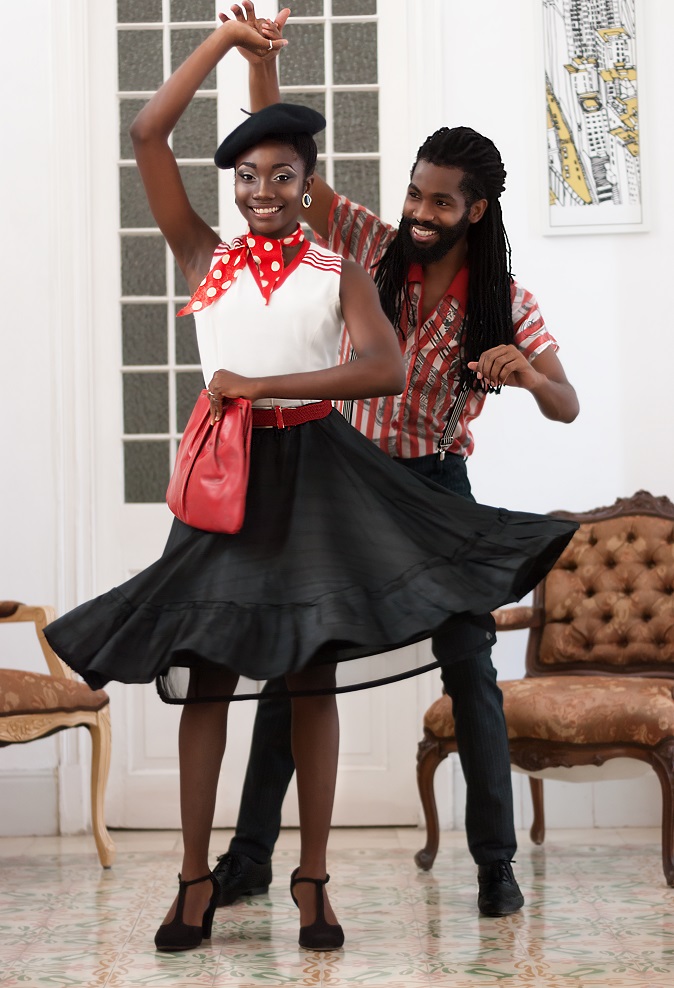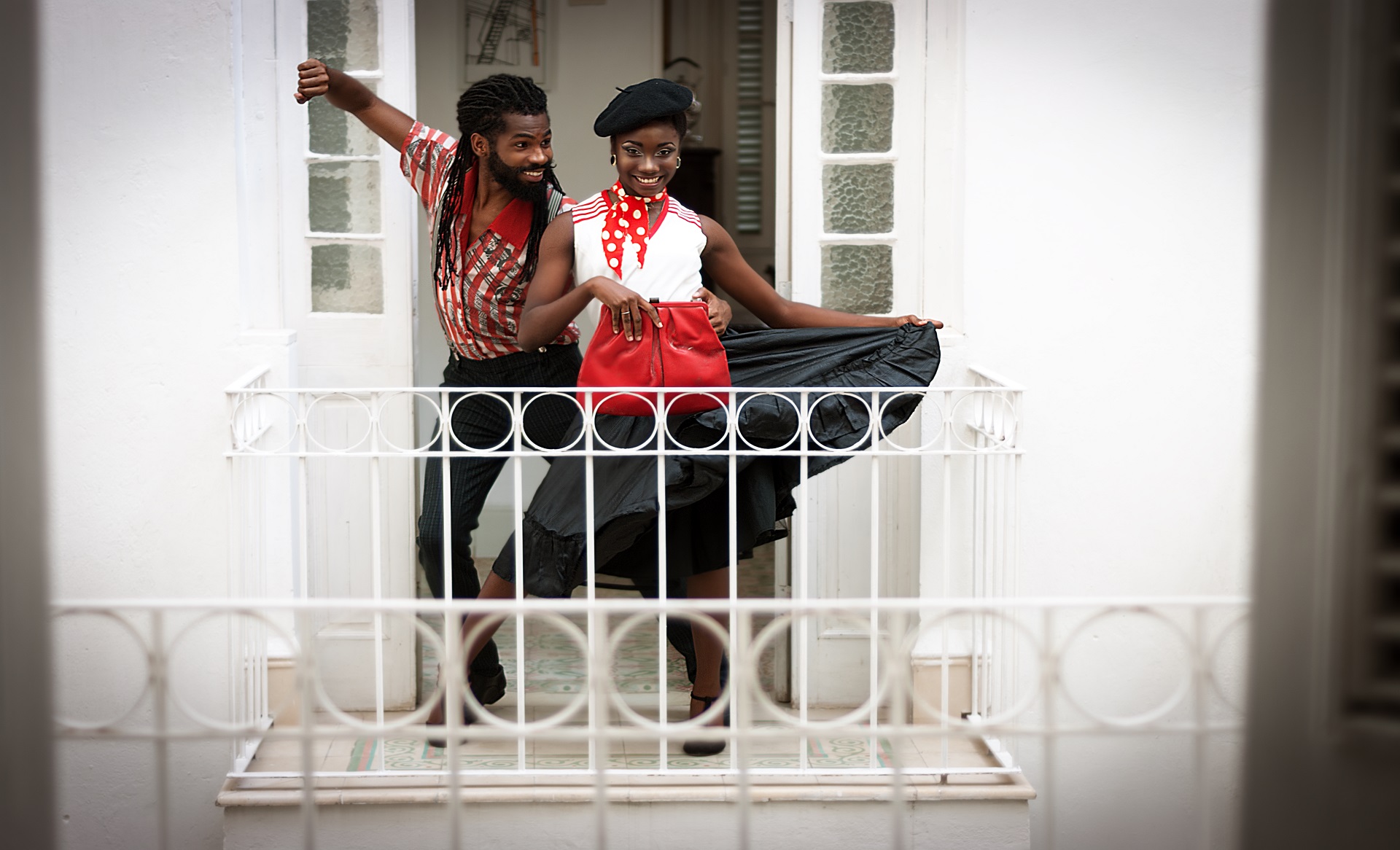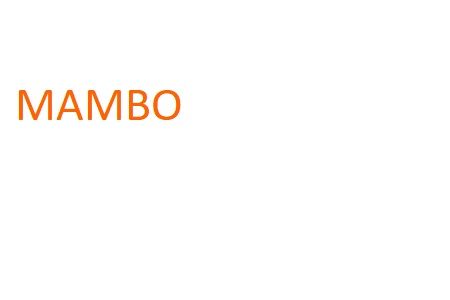Cha-cha-chá
The sound of dancers’ feet
Cha-cha-chá is considered by musicologist Miriam Lay Bravo as the last link in the generic danzón complex. It was the result of a creative process that started specifically from the so-called new rhythm danzón. The Danzón mambo was the first work that is recognized as the exponent of this generic variant that also had an influence on the Son and later on the Mambo and was created in 1938 by Orestes López, a member of the popular orchestra “Arcaño y sus Maravillas”.
Enrique Jorrín, a prominent Cuban violinist, composer and musical director, is considered the author of the Cha-cha. This genre arose as a result of the need to create something different from Danzón itself. Its definition as a new musical modality was consecrated with the piece “The Deceiver” in 1949, although this was not popularized until 1951, the year in which its author recorded an album that quickly reached great diffusion.
“There is also no first cha-cha-chá.
It was an evolutionary process […]”
The name of this rhythm was given to it by the musicians themselves, to differentiate it from the danzón based on the onomatopoeic sound of the fundamental rhythmic cell performed by the guiro (percussion instrument). Another version of the name is based on the sound that dancers’ feet made when brushing through the basic step. This genre also receives a notable influence from Madrid Schottische. As famous Cha-cha examples we can mention: The Boaster, The Tunnel, Nothing for you, Osiris, I die, The Store Clerk and many others.
Cha Cha Chá as a danceable manifestation is anonymous. Jorrín himself assured in several interviews: “There is no dance prior to music. There is also no first cha-cha. It was an evolutionary process […] The Silver Star boys were the first to dance what it would be later called cha-cha”. The Silver Star was a black society that frequently hired the America Orchestra. The first results of the new musical genre were gestating there.
During the first years of the fifties, the dance was incubated in one of the most visited halls in the capital: Prado and Neptuno, where “The Deceiver” was premiered, also performed by the America Orchestra.
In cha-cha-chá the basic rhythmic cell constitutes a stylistic evolution of the Cuban ballroom dance, since the basic step corresponds to the rhythm of the güiro plus two steps. This is a differentiating characteristic in relation to its predecessors. It is performed, not only by couples linked in a closed social dance position, but also by single dancers.
Among the traditional figures of the cha-cha-chá are: open and close, turn to the shoulder, turn of the girl around the man, walk, complete turns of single men and women, and others that have transcended without names. Then other steps were introduced that were known as The Swiss and The Cushion, as an influence of the Rock and Roll that was in fashion in the 1950s.
At the end of the 1950s, the wheel emerged as a new variant in cha-cha, and it was popularly known as cha-cha-chá in wheel. It was conducted by a man with demonstrated ability for dancing, at whose signal, previously known to dancers, pairs changed and combinations of turns as well as other figures invented for this purpose were made. The cha-cha-chá wheel also became an enriching and revolutionary choreographic contribution to Cuban ballroom dancing.
(…) It constitutes
a stylistic
evolution of
the Cuban
ballroom
dance,…


READ MORE ABOUT DANCES
_____________________________________________________
INFORMATION
EMAIL: info@dancingcuba.com





